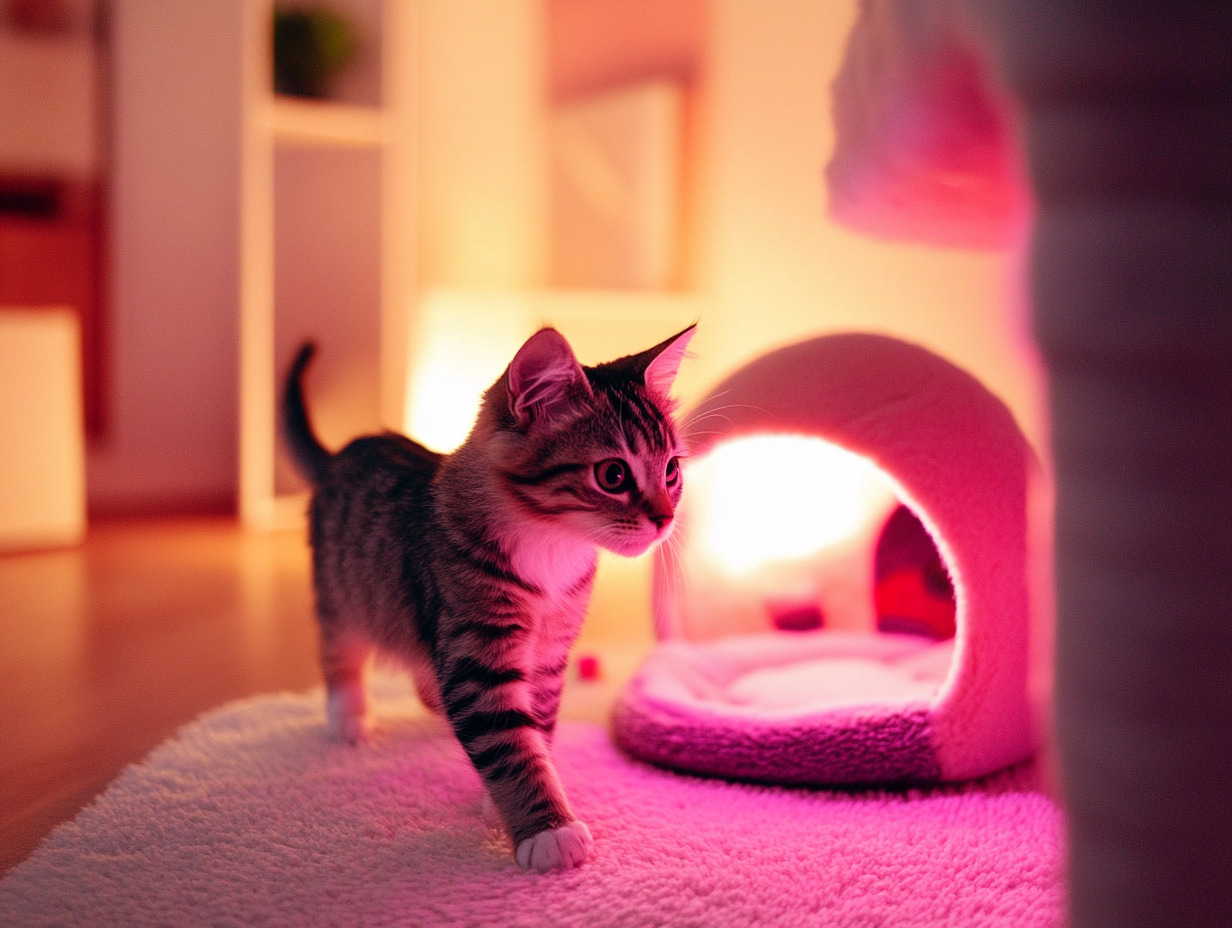Ways to Set Up Your Home for a New Kitten
Bringing a new kitten into your home is an exciting time, filled with joy and anticipation. However, just like bringing a puppy home, preparing your space for a kitten requires planning and preparation to ensure they have everything they need to thrive. Kittens are curious, energetic, and playful, and creating a safe, comfortable environment will help them adjust to their new home. Here’s a guide on how to set up your home for a new kitten, ensuring they have the best possible start in life.
1. Create a Safe and Comfortable Space
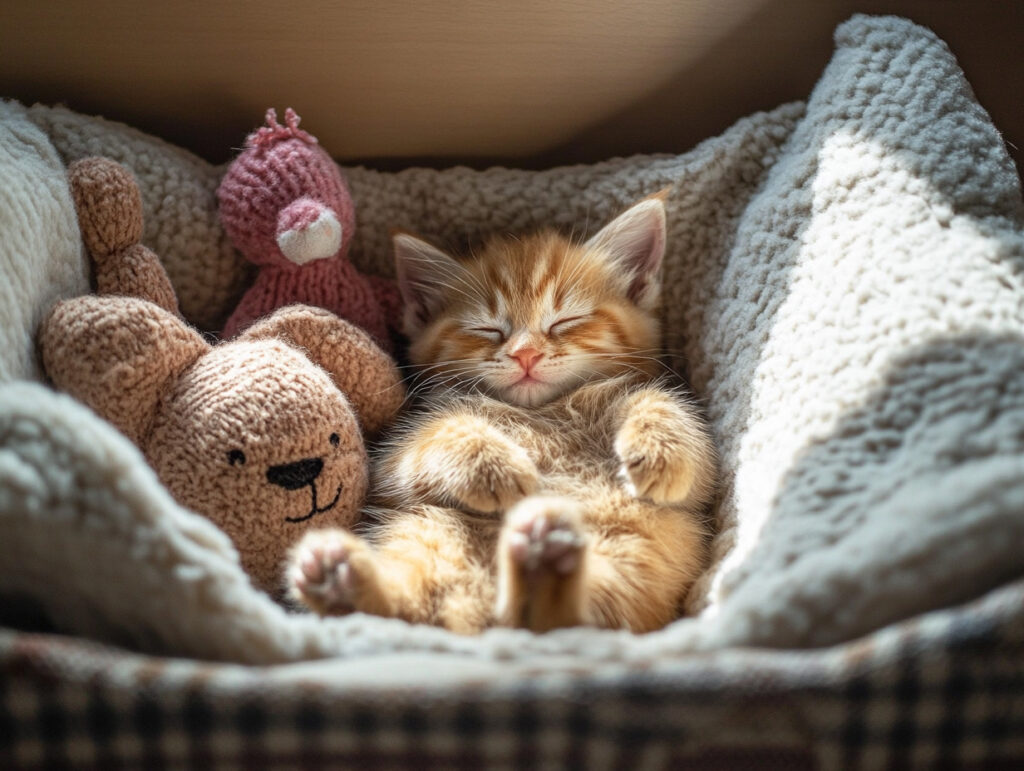
Kittens are small and vulnerable, and it’s essential to give them a designated area where they can feel safe and secure while they adjust to their new surroundings. This space should be quiet, away from the hustle and bustle of the household, especially if you have other pets or children. A separate room or a cozy corner with their essential supplies can help your kitten settle in.
- Bed or blanket: Provide a soft bed or blanket where your kitten can curl up and sleep comfortably. Ensure the bed is in a quiet, draft-free corner, away from loud noises.
- Crate or playpen: A crate or playpen can help keep your kitten contained in a safe space while giving them room to move around and explore.
- Toys: Place a few age-appropriate toys in the area to keep your kitten entertained and mentally stimulated.
2. Set Up the Litter Box
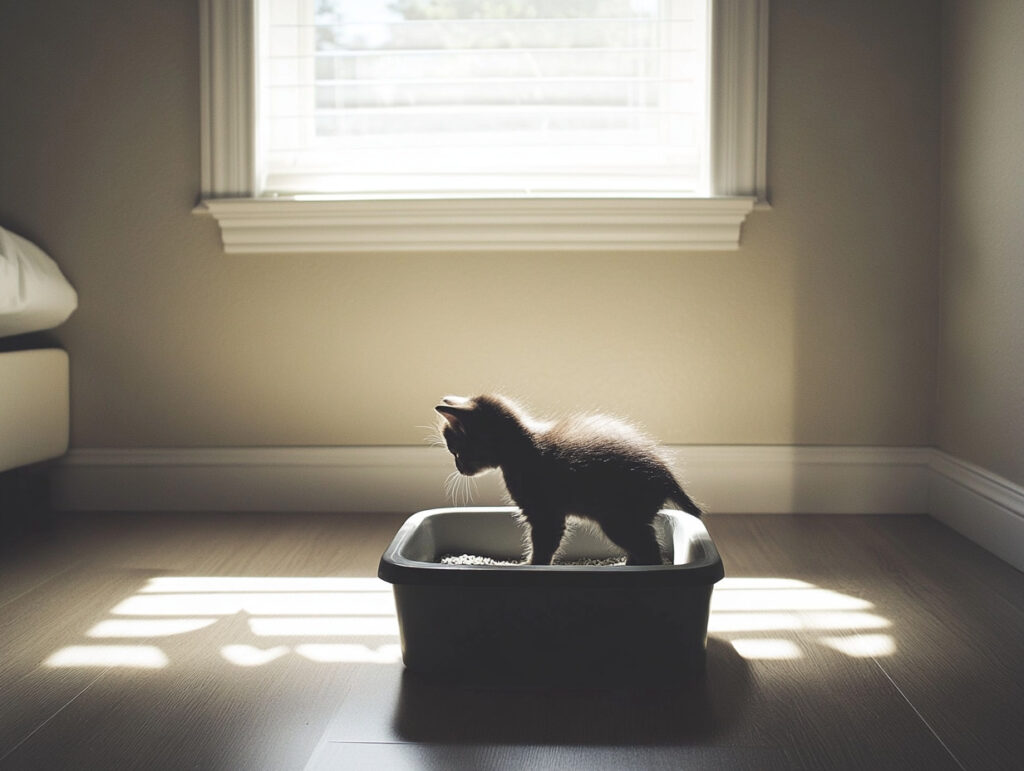
One of the first things you’ll need to do is set up a litter box for your new kitten. Litter training is usually instinctive, but it’s still essential to provide a clean and accessible place for your kitten to go. Choose a low-sided litter box so your kitten can easily access it.
- Location: Place the litter box in a quiet, low-traffic area where your kitten can find it easily but won’t feel stressed.
- Litter type: Choose a non-toxic and soft litter that is safe for kittens. Avoid scented litter, as strong fragrances can be overwhelming.
- Cleanliness: Keep the litter box clean by scooping it daily and changing the litter regularly. Kittens are clean animals and are more likely to use the litter box if it’s kept tidy.
3. Prepare for Kitten Proofing
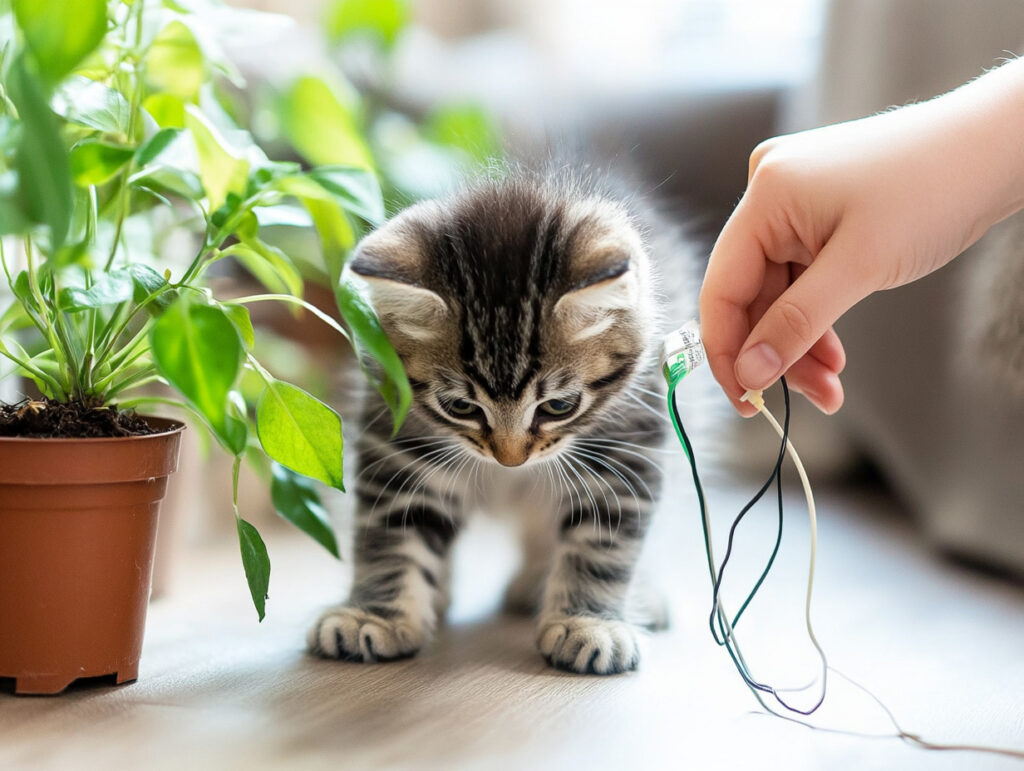
Kittens are known for their curiosity and exploratory nature, which means they can get into all sorts of trouble if your home isn’t kitten-proofed. Before you bring your kitten home, take time to remove or secure any potential hazards.
- Toxic plants: Remove toxic plants, such as lilies, pothos, and azaleas, which can be harmful if ingested.
- Electrical cords: Protect or hide any exposed electrical cords that your kitten could chew on, as they could pose a risk of shock.
- Small objects: Keep small objects, such as buttons, rubber bands, or strings, out of your kitten’s reach to prevent choking hazards.
- Sharp items: Store sharp items like scissors, knives, or glass objects in cabinets or drawers where your kitten can’t reach them.
4. Provide Food and Water Stations

Your kitten will need food and fresh water easily accessible. It’s important to provide high-quality kitten food that meets their nutritional needs and keeps them healthy during their growth stages. Make sure to have separate bowls for food and water.
- Food: Choose a high-quality kitten food with the right balance of protein, fat, and nutrients. Kittens have specific dietary needs for growth, so it’s best to consult your veterinarian for food recommendations.
- Water: Place a water bowl near their food, and make sure it is filled with fresh, clean water. Some kittens may prefer a water fountain, as it encourages drinking with moving water.
- Feeding schedule: Create a consistent feeding schedule and monitor your kitten’s eating habits. Kittens typically eat 3-4 small meals a day.
5. Create a Play Area
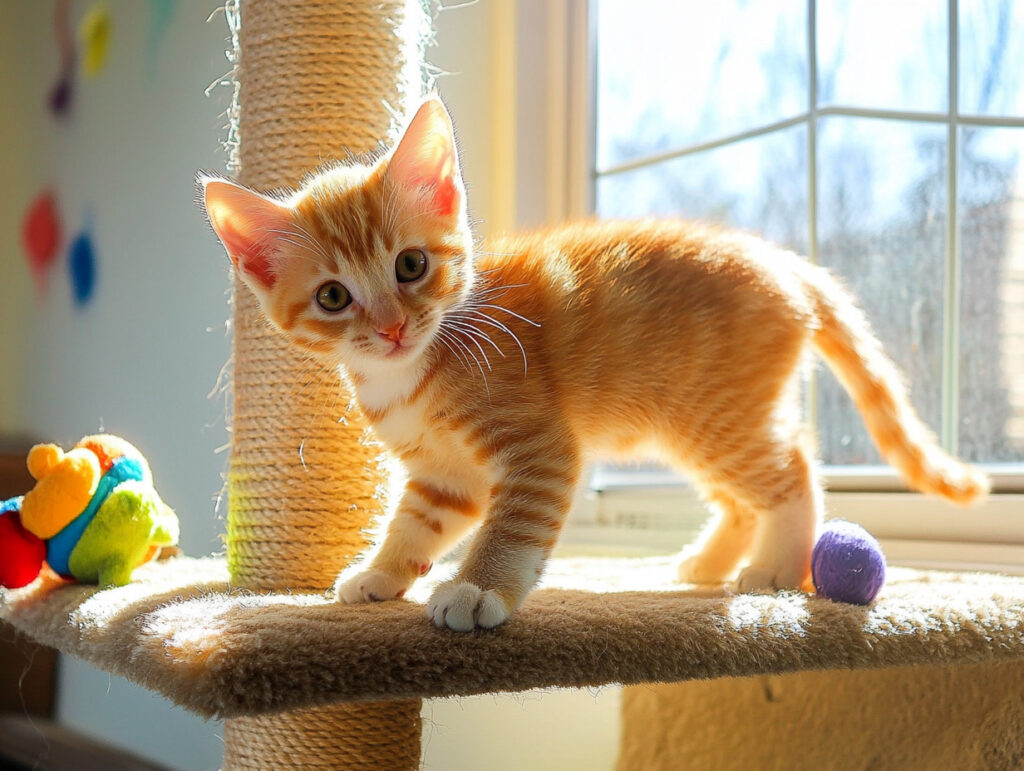
Kittens are highly energetic and need plenty of playtime to stay happy and healthy. Setting up a dedicated play area allows your kitten to explore, exercise, and develop their hunting instincts in a safe environment.
- Cat tree or scratching post: Provide a scratching post or cat tree where your kitten can climb, scratch, and exercise. This also helps prevent your kitten from scratching furniture.
- Interactive toys: Offer toys like wand toys, balls, and laser pointers to engage your kitten’s natural instincts and keep them active.
- Safe environment: Ensure that the play area is free from hazards, such as loose cords or fragile objects that could get knocked over.
6. Establish a Comfortable Resting Area

Kittens need a quiet, comfortable place to rest and nap throughout the day. Providing a soft, cozy bed in a quiet corner will give your kitten a place to relax and recharge.
- Cat bed: Invest in a soft and comfortable cat bed or cushion. Some cats prefer beds that are enclosed or have high sides for added security, while others enjoy open beds.
- Blankets: Add soft blankets or towels to your kitten’s resting space for extra comfort and warmth.
- Safe space: Make sure the area is free from disturbances and provides a sense of security. Avoid placing their bed in high-traffic areas or near loud noises.
7. Veterinary Care and Health Supplies
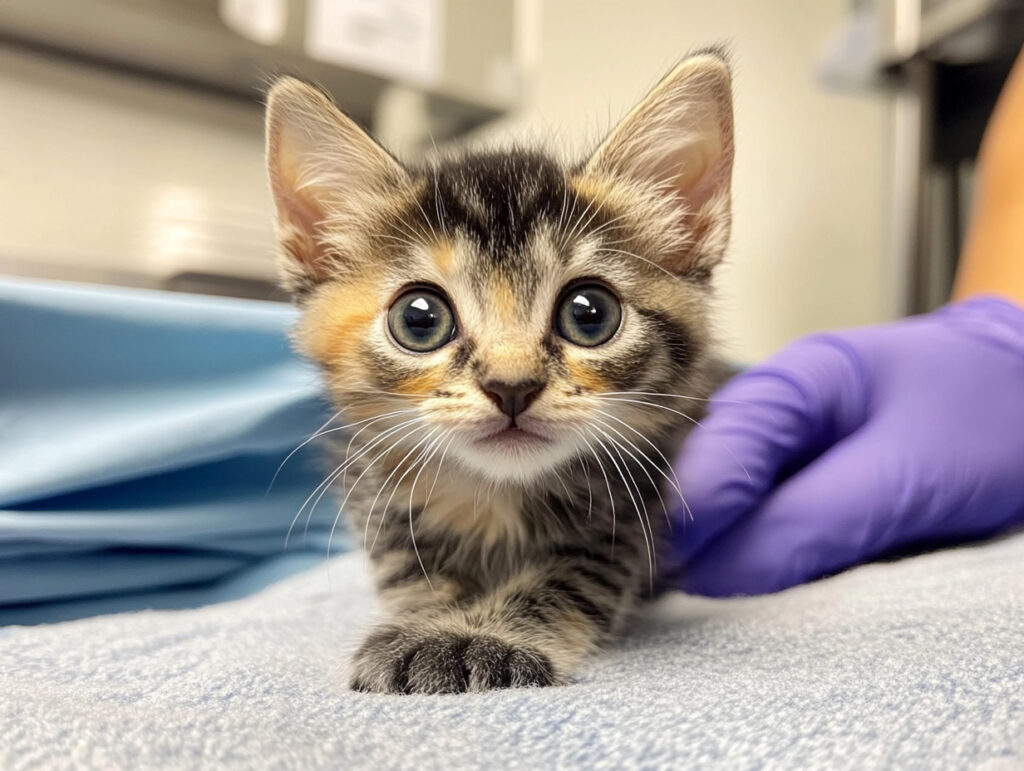
Before bringing your kitten home, it’s important to have a veterinary care plan in place. Your kitten will need to see a vet for their first vaccinations, a health check-up, and to discuss spaying or neutering options.
- Vaccinations: Make sure to get your kitten their first set of vaccinations, which typically begin around 8 weeks of age.
- Flea and tick prevention: Ask your vet about appropriate flea and tick prevention methods for your kitten.
- Health check: Your vet will also check your kitten for any underlying health issues and help set up a health routine for regular check-ups.
Preparing for Your New Kitten’s Arrival
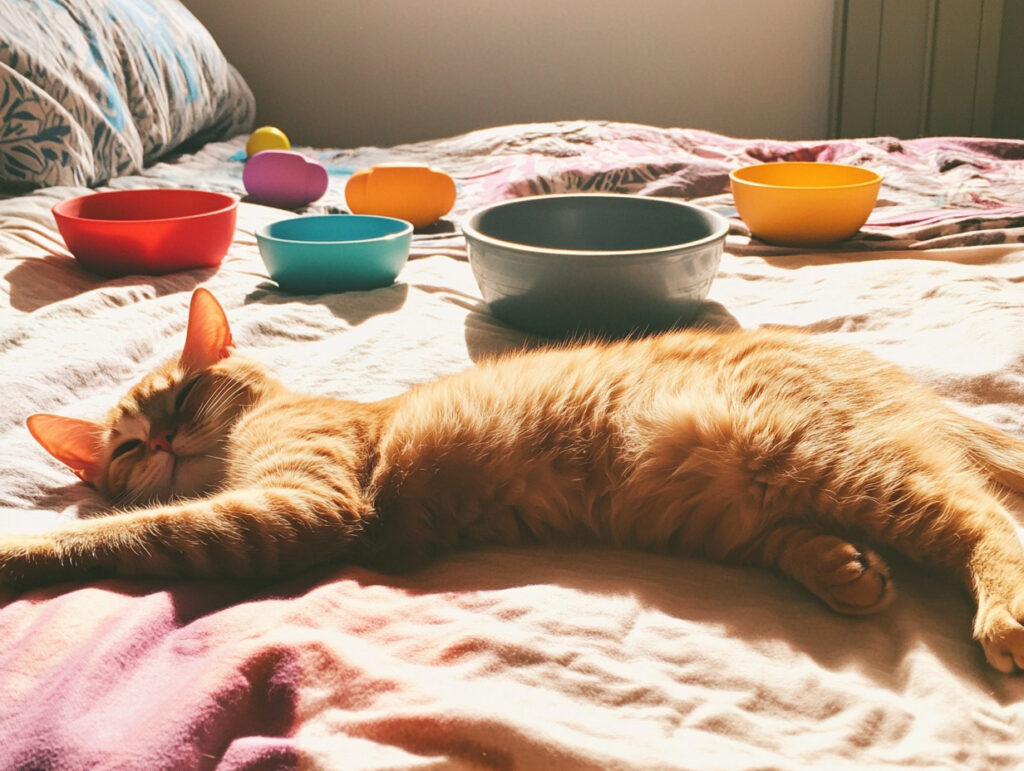
Setting up your home for a new kitten is an exciting and rewarding task that ensures they have a safe, comfortable environment to thrive in. From creating a designated space to ensuring proper food and water stations, you can help your kitten settle in quickly and feel secure in their new home. By kitten-proofing your space, providing plenty of toys and playtime, and establishing a health care routine, you’re setting the stage for a happy, healthy life with your new feline friend.

